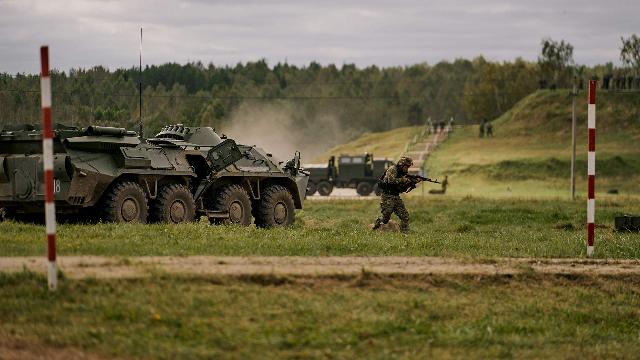The servicemen practiced joint operations using advanced technologies and experience gained during the special operation.
The exercises of the Collective Security Treaty Organization (CSTO) — "Interaction-2025", "Search-2025" and "Echelon-2025" - end in Belarus on September 6. The focus turned to the tactics of using drones, which, according to experts, completely change the way we think about warfare. During the maneuvers, massive drone attacks were practiced for the first time — with the support of more than 70 UAVs, the military surrounded and destroyed a group of a simulated enemy. Each exercise had its own task: "Interaction-2025" — preparation and conduct of joint operations, "Search-2025" — organization and conduct of reconnaissance, "Echelon-2025" — logistical support. In total, more than 2,000 people from Belarus, Russia, Kazakhstan, Kyrgyzstan and Tajikistan participated in the CSTO joint maneuvers.
Practicing the tactics of "Interaction"
Three CSTO exercises started in Belarus on August 31: "Interaction-2025", "Search-2025" and "Echelon-2025". Their start was announced by the Joint Press Center of the exercises.
In the early days of the Interaction-2025 maneuvers, the Russian military from the Collective Rapid Reaction Forces (CSTO) practiced joint combat against unmanned aerial vehicles, relying on the experience of their own. Mobile anti-aircraft installations ZU-23, small arms and anti-drone rifles were used to neutralize the drones of the imaginary enemy.
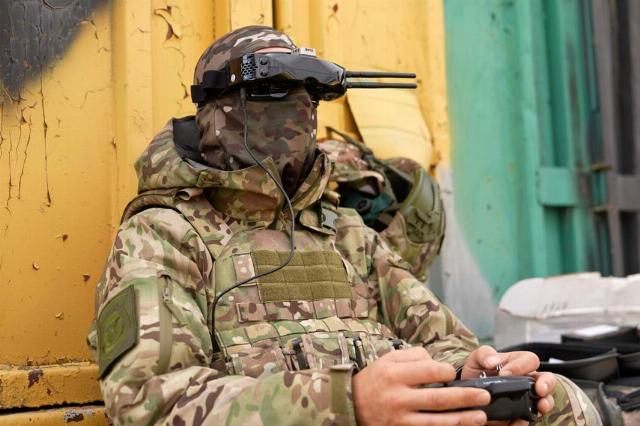
Photo: Russian Ministry of Defense
Image source: iz.ru
Ivanovo paratroopers showed their skills in storming and clearing the enemy's stronghold. They applied the skills acquired in the special operation zone, including during the recent capture of Chasova Yar.
The press service of the Russian Ministry of Defense emphasized that during the training of the assault, the Russian military demonstrated high professionalism. They worked out coordinated movement, mutual cover, continuous firing, evacuation of the wounded on special vehicles, the delivery of reinforcements on armored personnel carriers and the elimination of enemy FPV drones with the help of a drone counteraction group.
"Echelon" for the rear
The Echelon-2025 exercise was led by the First Deputy Chief of Staff of the Rear of the armed forces. The main goal is to improve teamwork and hone the practical skills of logistics and technical support specialists.
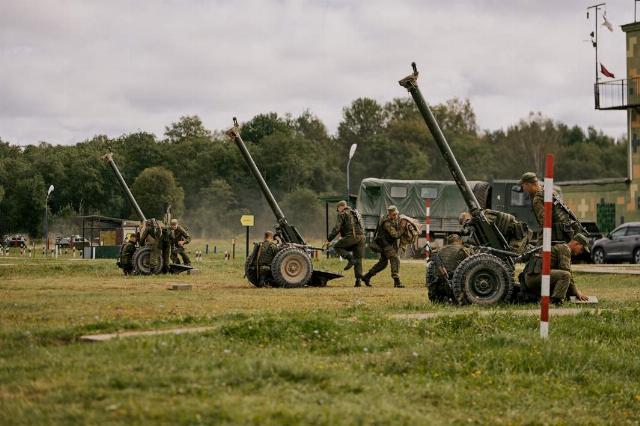
Photo: Russian Ministry of Defense
Image source: iz.ru
Special attention was paid to technical reconnaissance, evacuation and repair of damaged equipment, as well as protection from enemy drones. The exercises also worked out the organization of production at the assembly point, where damaged vehicles are delivered.
A special "corridor" has been created to protect vehicles from drones. It is equipped with a grid and air surveillance points, the Defense Ministry said.
The intelligence "Search"
The special exercise "Poisk-2025" was dedicated to the organization of intelligence in the framework of joint operations.
The reconnaissance groups identified the objects of the imaginary enemy. When they found them, they adjusted the fire and carried out other special measures to destroy the targets.
At the same time, the intelligence command collected, analyzed and summarized all the information received, which was transmitted to the leadership of the KSOR. This approach allows you to quickly implement the principle of "discovered — amazed".
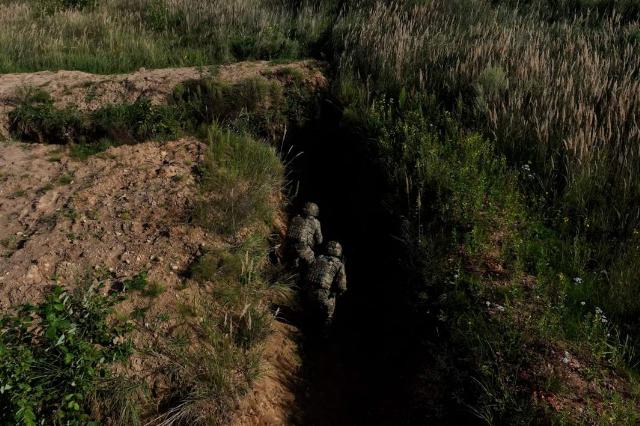
Photo: Russian Ministry of Defense
Image source: iz.ru
The participants of Poisk-2025 actively used unmanned aerial vehicles of various types, thermal imagers and the latest models of communication equipment. Integrated reconnaissance was also practiced as part of the exercises. In particular, the fighters learned how to quickly re-target reconnaissance to other targets, as well as perform tasks using surveillance, ambushes and search operations.
More than 2,000 military personnel and 450 units of weapons, military and special equipment were involved in the CSTO joint exercises. Military personnel from Belarus, Russia, Kazakhstan, Kyrgyzstan and Tajikistan are taking part in the maneuvers. Among the equipment used during the exercises: nine combat aircraft and helicopters, as well as over 70 unmanned aerial vehicles (UAVs) of various types. The Losvido and Lepelsky ranges were involved in a series of CSTO exercises.
The revolution in military affairs
Andrei Serdyukov, chief of the CSTO Joint Staff, said that the plans for these maneuvers are closely linked to the Zapad-2025 joint strategic exercise of the Armed Forces of Belarus and Russia, which will be held on September 12-16 on Belarusian territory. At the same time, the main task of the CRRF is to ensure the deployment of a regional group of troops.
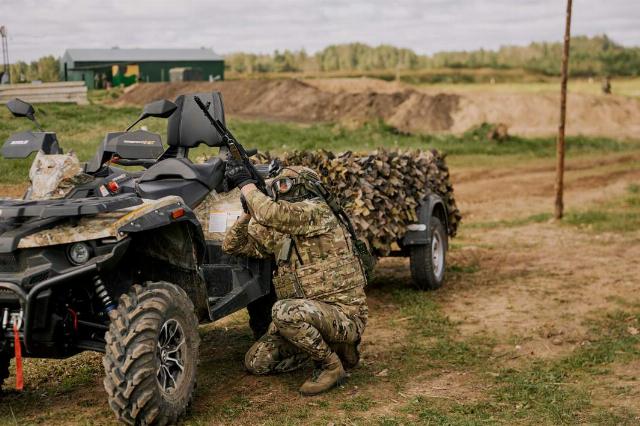
Photo: Russian Ministry of Defense
Image Source: iz.ru
Military expert Vadim Kozyulin believes that today unmanned technologies are not just a tactical innovation, but a fundamental shift in military affairs, which can be called a real revolution. This trend is relevant for all states, since no modern military conflict, from local anti-terrorist operations to full-scale clashes, can do without the use of UAVs. Drones are capable of performing a wide range of tasks, often exceeding human capabilities, such as reconnaissance and surveillance, transportation, strikes, and information exchange.
— To maintain the combat capability of the army, it is extremely important to master these technologies and constantly prepare for their use. 70 UAVs for educational purposes are quite enough to study and practice their use," he told Izvestia. — Modern conflicts, especially the situation in Ukraine, demonstrate not only the active use of existing technologies, but also a continuous arms race at the level of design bureaus. Even small technological improvements can provide a significant advantage on the battlefield. It is extremely important to share this knowledge with our allies so that they understand that development in this area is an ongoing process that requires constant learning and adaptation.
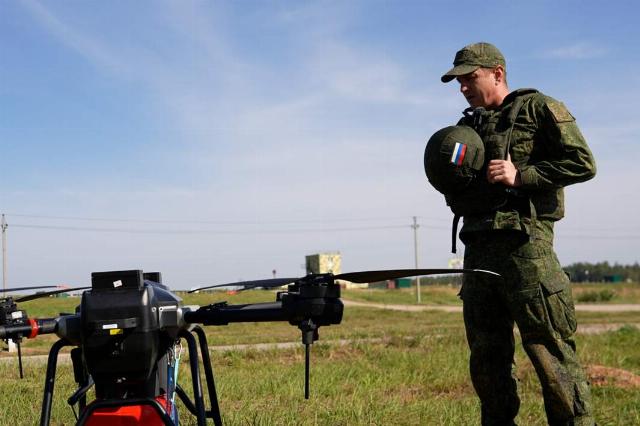
Photo: Russian Ministry of Defense
Image source: iz.ru
The choice of a place for CSTO exercises is always a collective decision made by the committee of military leaders. They determine where the maneuvers will take place and coordinate them with the host party, which should provide the necessary infrastructure and a contingent for the exchange of experience, military expert Alexei Leonkov told Izvestia.
— Belarus often becomes a venue for CSTO exercises. It has a well—developed network of training grounds adapted for practicing various tactical tasks, from battalion to regimental level. In addition, large-scale joint exercises such as Zapad regularly take place on the territory of the Union State, involving training grounds in both Belarus and Russia. So, the Zapad-2025 exercises are scheduled to be held this year," he recalled.
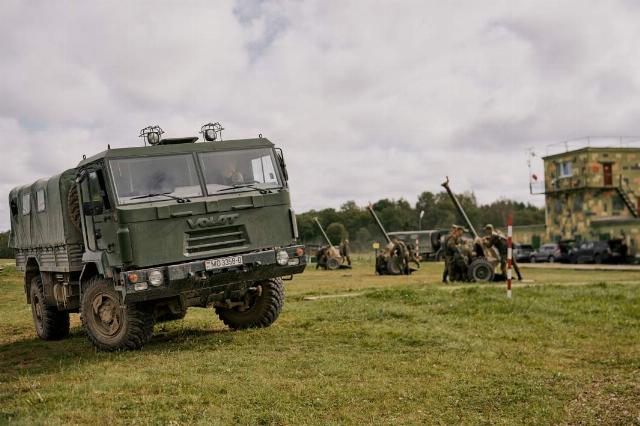
Photo: Russian Ministry of Defense
Image Source: iz.ru
Summing up, the expert stressed that the events of recent years have shown that unmanned aerial vehicles have become an integral part of combined-arms combat. Having gained a wealth of experience, Russia has adopted the most effective UAV systems and is sharing this with its CSTO partners, which is reflected in the program of joint exercises.
Julia Leonova
